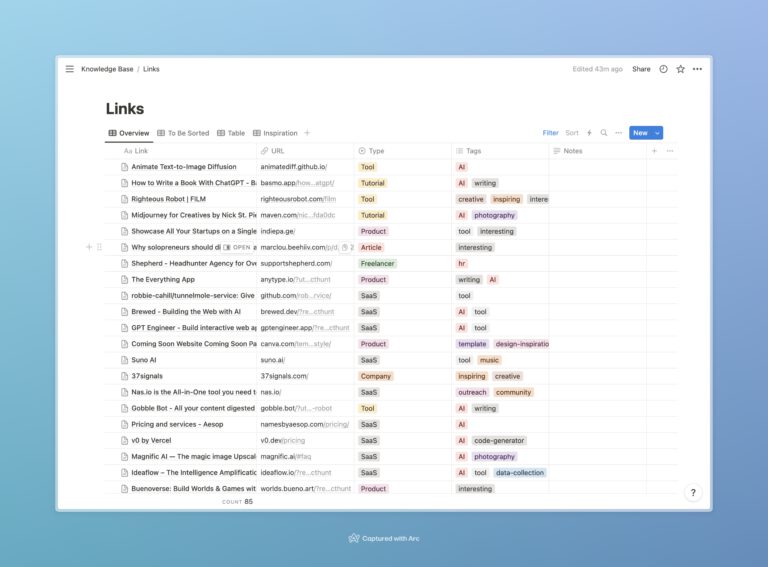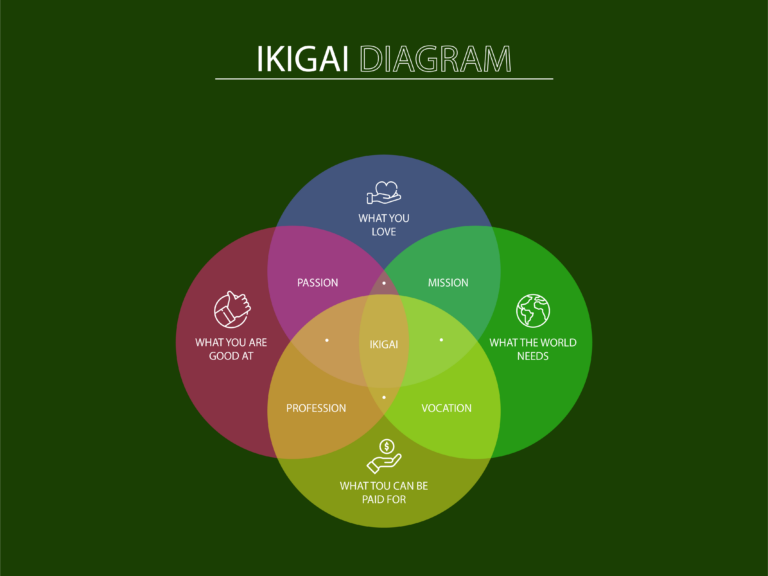Building In PublicThe Domain Details Journey
Sometimes the best products come from scratching your own itch. That’s exactly how DomainDetails.io came to be – a project that started as a simple tool to help me monitor Ampawssadors.com and has since evolved into a privacy-focused domain monitoring service making $250 in monthly recurring revenue. I still can’t believe it, and am donating the majority of the profit to pet shelters in Cyprus.
Timeline Overview
- May 2024: Initial development as domainlookup.info
- June 2024: Revival and rebranding to domaindetails.io
- June-September 2024: Core development and infrastructure setup
- October 2024: Beta testing and refinements
- November 2024: Payment integration and official launch
- November 2024: Product Hunt and MicroLaunch debuts
The Genesis (May 2024)
It all started with a fairly common problem: I needed to track when certain domains would expire and enter the auction phase. I searched for a simple tool to monitor DNS records but came up empty. GoDaddy Backorder existed, but given their reputation, I was hesitant. DomainTools offered comprehensive features at $99/month, but it was overkill for my needs. Despite having more pressing tasks on my plate, I decided to build a focused solution myself. Through this process, I learned a lot about RDAP (Registration Data Access Protocol) – you can read more about the technical details at https://domaindetails.io/about.
The initial version was hosted at domainlookup.info, built over a weekend as a free tool that worked entirely client-side. I implemented RDAP (the modern replacement for WHOIS) queries directly in the browser, ensuring complete privacy since no server would ever see what domains users were looking up.
Then, in true ADHD fashion, I got distracted by other projects and left it half-finished. What I didn’t realize was that people were actually using it.
The Revival (June 2024)
In June, I noticed something interesting in my analytics – hundreds of people were regularly using this tool I’d basically forgotten about. This sparked a renewed interest in the project. After gathering feedback from users, I decided to rebrand from domainlookup.info to domaindetails.io – a name that better reflected the tool’s purpose.
The technical implementation taught me valuable lessons about over-engineering. I initially attempted to build a sophisticated edge authentication system using Cloudflare Workers, thinking it would be more efficient to handle auth at the edge. The idea was to have Workers manage the magic link process and cache the admin interface for 24 hours since it rarely changed. However, this added unnecessary complexity for minimal performance gain – we’re talking milliseconds difference. After struggling with this approach, I stripped out the entire Workers implementation and handled authentication directly on the server. Sometimes, the straightforward solution is the best one.
The Silent Growth
In an amusing oversight, I built and implemented all the pro features I needed for my own use but completely forgot to make them publicly accessible. Meanwhile, users continued to discover and actively use the free tool, which was both validating and heartening. There was something uniquely satisfying about people finding value in a tool I’d built for myself, even without access to the advanced features I’d developed. It was a reminder that sometimes the simplest version of a product can be exactly what users need.
The Learning Curve
Building DomainDetails has been an incredible learning experience:
- PostgreSQL optimization for domain monitoring
- Working with Cloudflare’s edge network
- Implementing magic link authentication
- Building a distributed lookup system for privacy
- Managing cross-device synchronization
- Integrating payment systems (more on that adventure below)
Cleaning Up Loose Ends (November 2024)
November became my month for finishing incomplete projects, with DomainDetails being a priority. This led to an unexpected adventure in payment processing. I initially chose Paddle/MoR for their Merchant of Record service, thinking it would simplify tax handling. Despite getting approved quickly, I spent days wrestling with their documentation and sandbox environment, only to find myself increasingly frustrated with the implementation complexity.
The turning point came when I realized I was letting the perfect be the enemy of the good. I switched to Stripe, a system I’d used countless times before, and had working subscriptions within 15 minutes. It was a powerful reminder that familiarity often trumps fancy features.
Throughout this process, I leveraged new tools to speed up development. Claude became an invaluable partner for debugging and brainstorming solutions. I experimented with Cursor IDE, though I found myself returning to VS Code for its familiarity and extension ecosystem. Despite not being a designer, I managed to create a modern, clean interface using shadcn/ui components – proof that good design is accessible even to the most design-challenged among us.
The Final Product
The key to building the final version was maintaining focus on core functionality while adding valuable pro features. I kept coming back to my original goal: creating a simple, privacy-focused domain monitoring tool. The pro version emerged with three main features:
- Domain Monitoring: Checking up to 10 domains four times daily, with instant notifications for any changes
- Historical Data: 90 days of historical data with visual change tracking
- Cross-device synchronization: Seamless access across all devices
You can learn more about the pro tier at: DomainDetails.io/upgrade
Beyond the technical features, I realized that many users might benefit from understanding domain mechanics better. This led to creating a knowledge base, with articles like “Understanding Expired Domains” and “WHOIS vs RDAP: What’s the Difference?” becoming surprisingly popular resources. These articles (available at domaindetails.io/kb) serve dual purposes – helping users while improving SEO.
The SimpleBytes Journey
During this period, I also made what felt like a bold move: purchasing simplebytes.com for $1,200. Initially, this seemed like a significant investment for a side project, but I saw the potential in creating a brand for focused, single-purpose tools. The domain has already proved its worth – at DomainDetails’ current MRR, I’ll recover the investment within 3-4 months. More importantly, it’s become the perfect home for my “do one thing well” philosophy in building side projects.
The Launch
I launched DomainDetails on Product Hunt primarily as a learning experience for future Nutrified launches. While the launch wasn’t featured, we exceeded my modest goal of 20 upvotes. More excitingly, we secured third place in MicroLaunch.net’s November 2024 season. You can check out our launches at Product Hunt and MicroLaunch.
The Real Value
While reaching $250 MRR is fantastic, the real value has been in what I’ve learned. Every challenge, from authentication to payment processing, has taught me something new. The project has become my playground for experimenting with new technologies and approaches.
As I write this, I’m proudest not of the revenue but of building something that people actually find useful. The tool I built to solve my own problem now helps others, and that’s incredibly satisfying.
Key Takeaways from Building in Public:
- Start simple – the first version doesn’t need all the bells and whistles
- Listen to users – they’ll tell you what features matter
- Don’t be afraid to change course (like switching payment providers)
- Sometimes the best marketing is just building something useful
- Building in public creates accountability and motivation
- Revenue isn’t always the best measure of success
Looking Forward
DomainDetails.io has reached a state where it does what it’s supposed to do, and it does it well. While I remain open to user feedback and will implement genuinely needed features, I’m committed to maintaining its focused purpose rather than adding features that might distract from its core offering.
I’m grateful for the few but meaningful connections I’ve made through this project – people who’ve supported my growth and provided valuable insights along the way.
Love from Limassol,
Julian
P.S. Special thanks to Claude, my AI partner in crime, who helped debug countless issues and brainstorm solutions. Building with AI assistance has been an eye-opening experience in itself.
Edit December 1st 2024: Since writing this post, I’ve launched on Product Hunt (link) and secured third place on MicroLaunch.net for November 2024.
While the Product Hunt launch wasn’t featured, the genuine user feedback and engagement have been incredibly valuable. It’s not about the upvotes – it’s about building something that helps people solve real problems.






